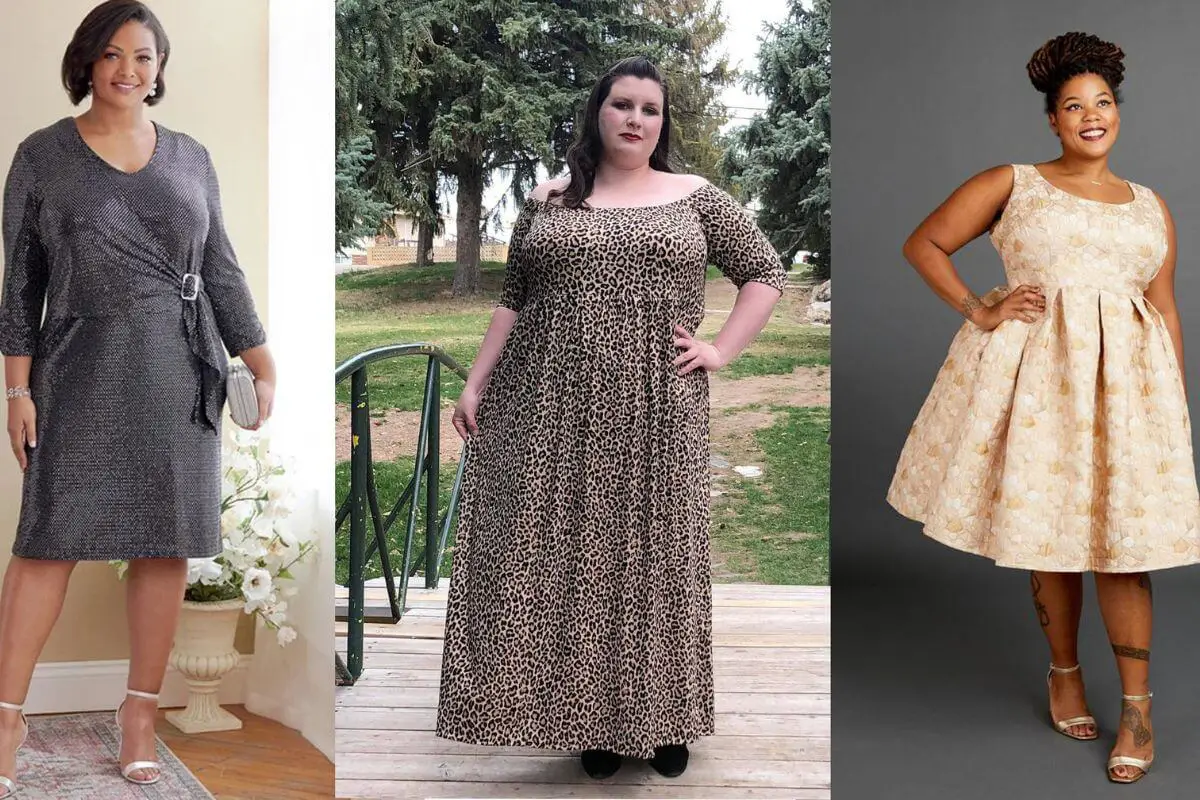Are you tired of purchasing ready-to-wear clothes that don’t quite fit right? Or are you someone who enjoys sewing and wants to create your own garments from scratch? Whether you’re a seasoned seamstress or just starting out, understanding the differences between sewing pattern sizes and ready-to-wear sizes is crucial to achieving a perfect fit. In this article, we’ll dive into the world of sewing pattern sizes and how they compare to the sizing of ready-to-wear garments.
Introduction
Imagine slipping into a garment that fits like a second skin, highlighting your best features while ensuring comfort. This is the promise of sewing your own clothes. But before you pick up that fabric and thread, let’s understand the fundamental difference between sewing pattern sizes and the sizes you find on the racks.
The Basics of Sewing Patterns
Sewing patterns are templates used by crafters to create clothing items. These patterns are designed based on specific measurements, ensuring a customized fit. Unlike ready-to-wear sizes, which aim to fit a broad range of body types, sewing patterns offer the potential for a more tailored look.
Decoding Ready-to-Wear Sizes
Ready-to-wear sizes are standardized measurements used by the fashion industry. However, as anyone who has shopped for clothes knows, these sizes can be inconsistent across brands. A size 6 in one brand might feel like a size 8 in another. This discrepancy often leaves consumers frustrated.
Why the Discrepancy?
The variation between sewing pattern sizes and ready-to-wear sizes arises from different sizing philosophies. Ready-to-wear sizes cater to mass production and aim to fit as many people as possible, often resulting in a compromise on fit. On the other hand, sewing patterns prioritize individual body measurements, allowing for a more accurate fit.
Taking Accurate Measurements
Before embarking on a sewing project, it’s essential to take precise measurements. From bust and waist to hip and inseam, each measurement contributes to the overall fit of the garment. This step is often overlooked but plays a pivotal role in the success of your sewing endeavor.
Choosing the Right Sewing Pattern Size
Sewing patterns come in various sizes, typically numbered. It’s tempting to pick a size that matches your ready-to-wear size, but it’s important to note that they might not align. Instead, focus on your body measurements and the size chart provided by the pattern company to choose the right fit.

Adjustments and Alterations
Even with accurate measurements, some adjustments might be necessary. Bodies are unique, and minor alterations can make a significant difference in how a garment drapes. Common adjustments include taking in the waist, lengthening the hem, or adjusting the bust area for a perfect fit.
Crafting for Custom Fit
One of the most significant advantages of sewing patterns is the ability to create clothing tailored to your body’s specifications. This level of customization ensures that every garment you make fits you impeccably, boosting your confidence and style quotient.
The Creative Freedom of Sewing
Sewing isn’t just about fit—it’s also about expressing your creativity. With sewing patterns, you have the freedom to choose fabrics, colors, and styles that resonate with your personality. This creative aspect adds a personal touch to your wardrobe.
Sewing Communities and Resources
Sewing enthusiasts form a vibrant community where knowledge and experiences are shared. Online platforms offer tutorials, tips, and discussions on everything sewing-related. Being part of these communities can be immensely helpful, especially for beginners.
Sewing for Body Positivity
Sewing patterns can contribute to body positivity by celebrating diverse body shapes. As you create garments that fit your unique measurements, you’re defying unrealistic beauty standards and embracing your body’s natural form.
The Sustainability Aspect
In an era of fast fashion, sewing your own clothes is an eco-friendly alternative. By using sustainable fabrics and creating long-lasting pieces, you’re reducing your carbon footprint and advocating for a more responsible fashion industry.
Sewing Patterns for Children
Children’s bodies are constantly changing, making it challenging to find well-fitting clothes. Sewing patterns cater to this by allowing parents to create adjustable garments that can accommodate growth spurts.
Conclusion
The choice between sewing pattern sizes and ready-to-wear sizes ultimately boils down to your preferences and priorities. While ready-to-wear garments offer convenience, sewing patterns provide a level of customization and fit accuracy that can revolutionize your wardrobe.
FAQs
Can I use my ready-to-wear size as a reference for sewing patterns?
It’s better to rely on your body measurements and the pattern’s size chart for a precise fit.
Are sewing patterns only for experienced crafters?
No, there are patterns suitable for all skill levels, from beginners to advanced sewists.
How can I alter a sewing pattern for a unique design?
You can modify pattern pieces and experiment with different fabrics to create your desired look.
Is sewing cost-effective compared to buying ready-to-wear clothes?
While sewing allows you to choose materials and styles, initial costs may vary. Over time, it can be budget-friendly.
Where can I find sewing patterns and resources online?
Numerous websites and forums offer a wide range of sewing patterns, tutorials, and community discussions.



